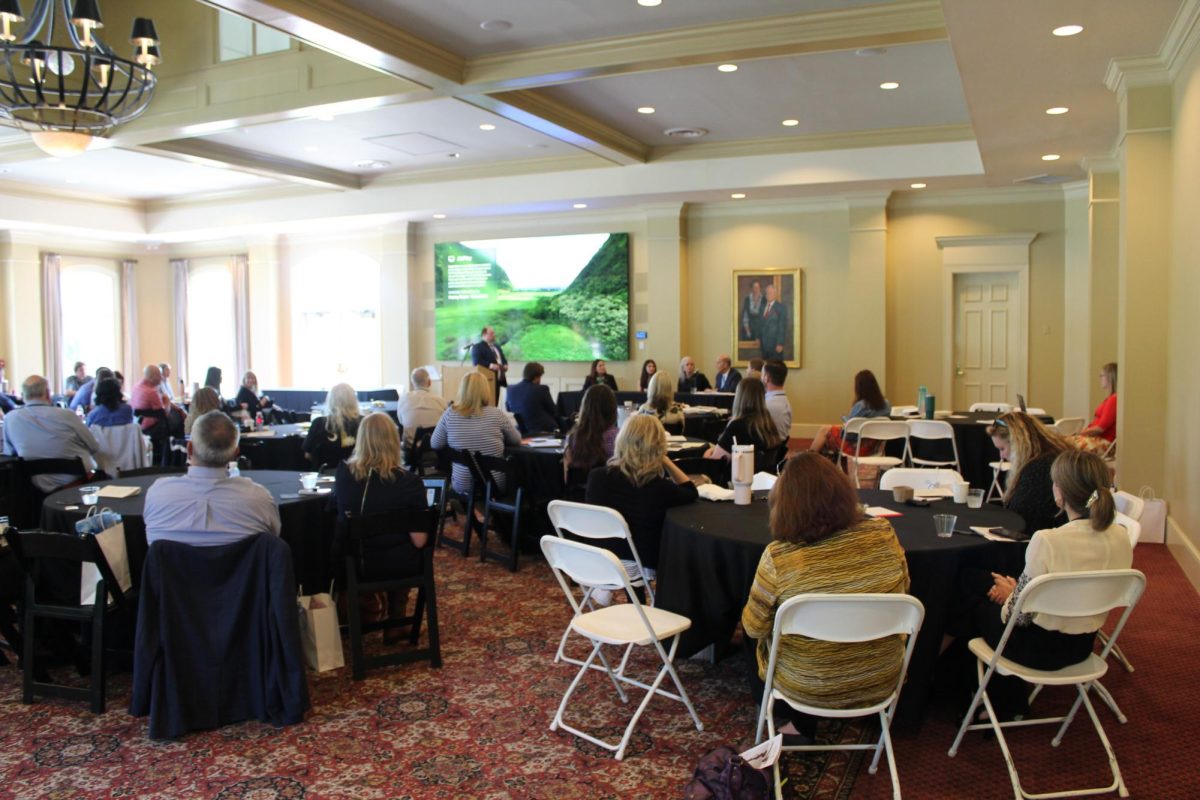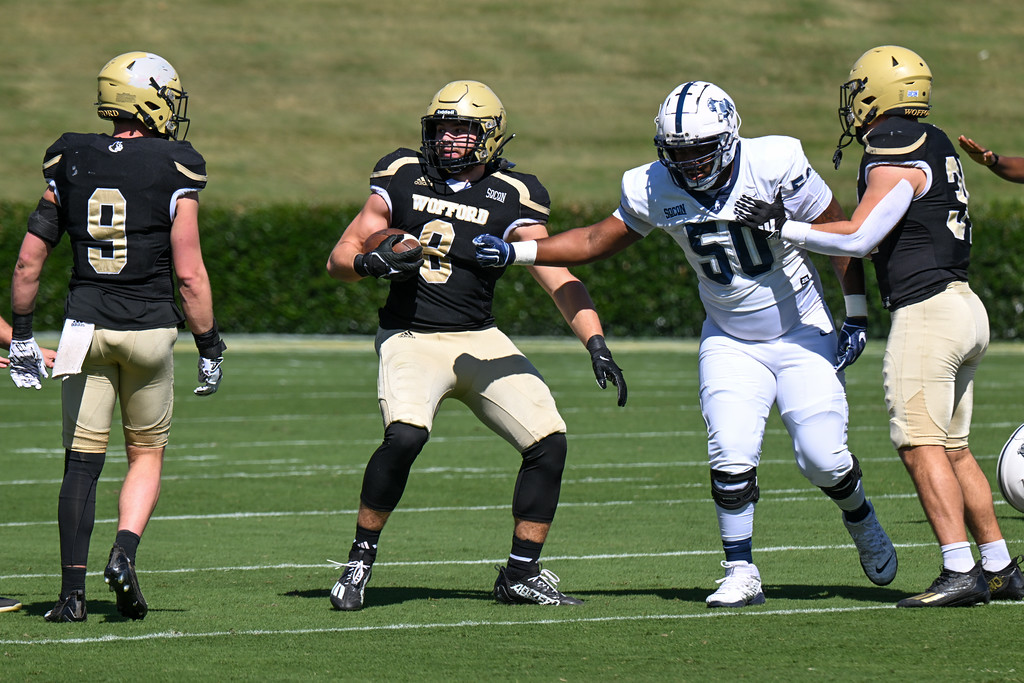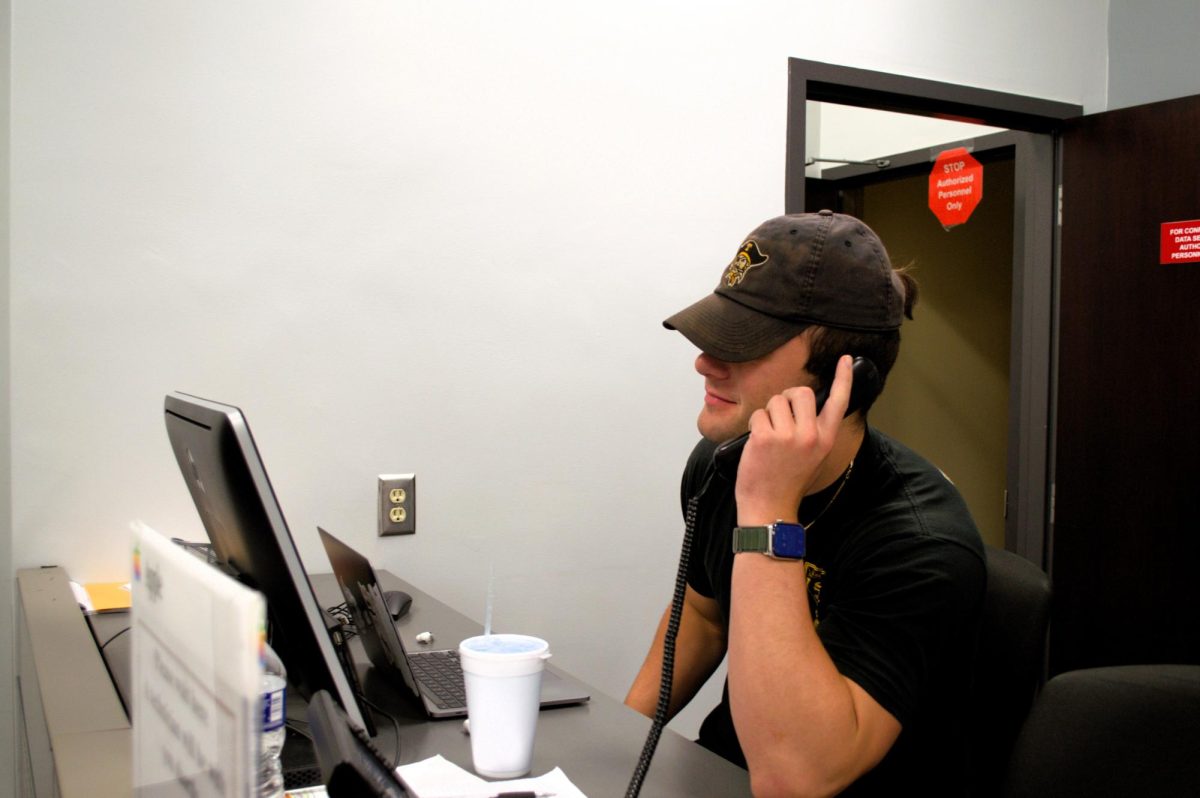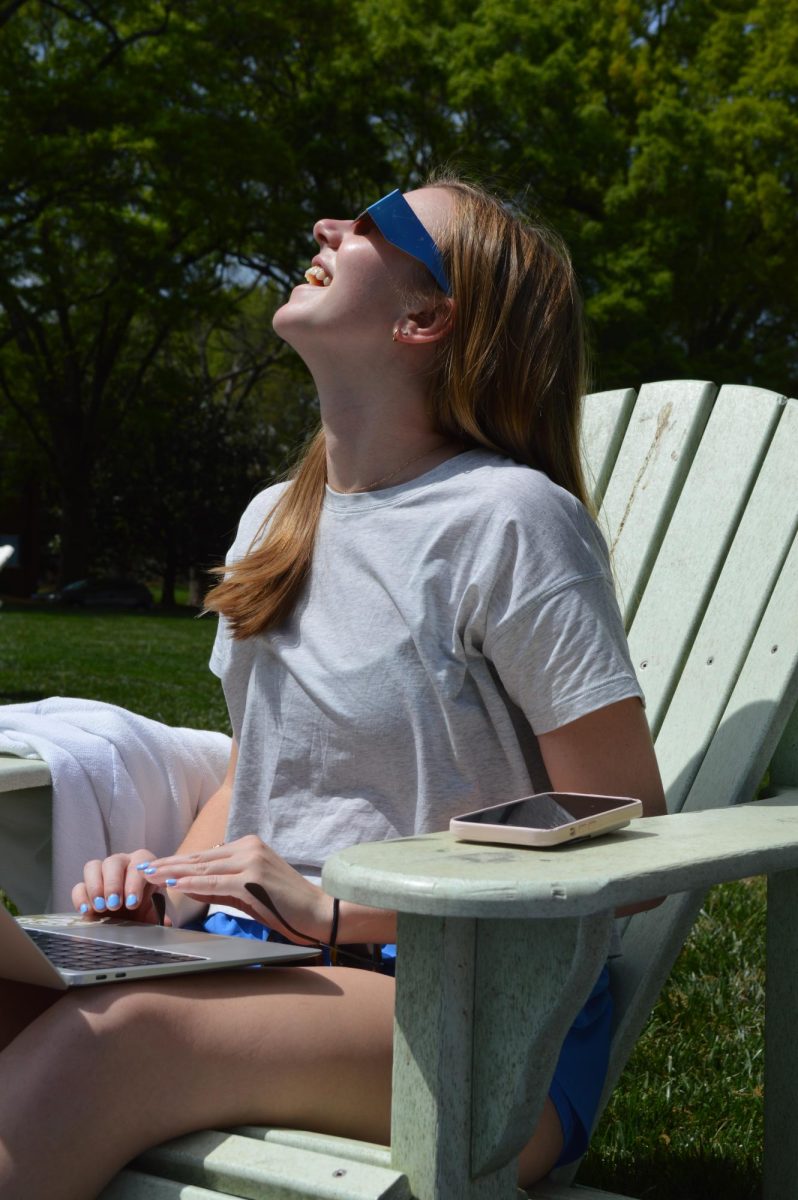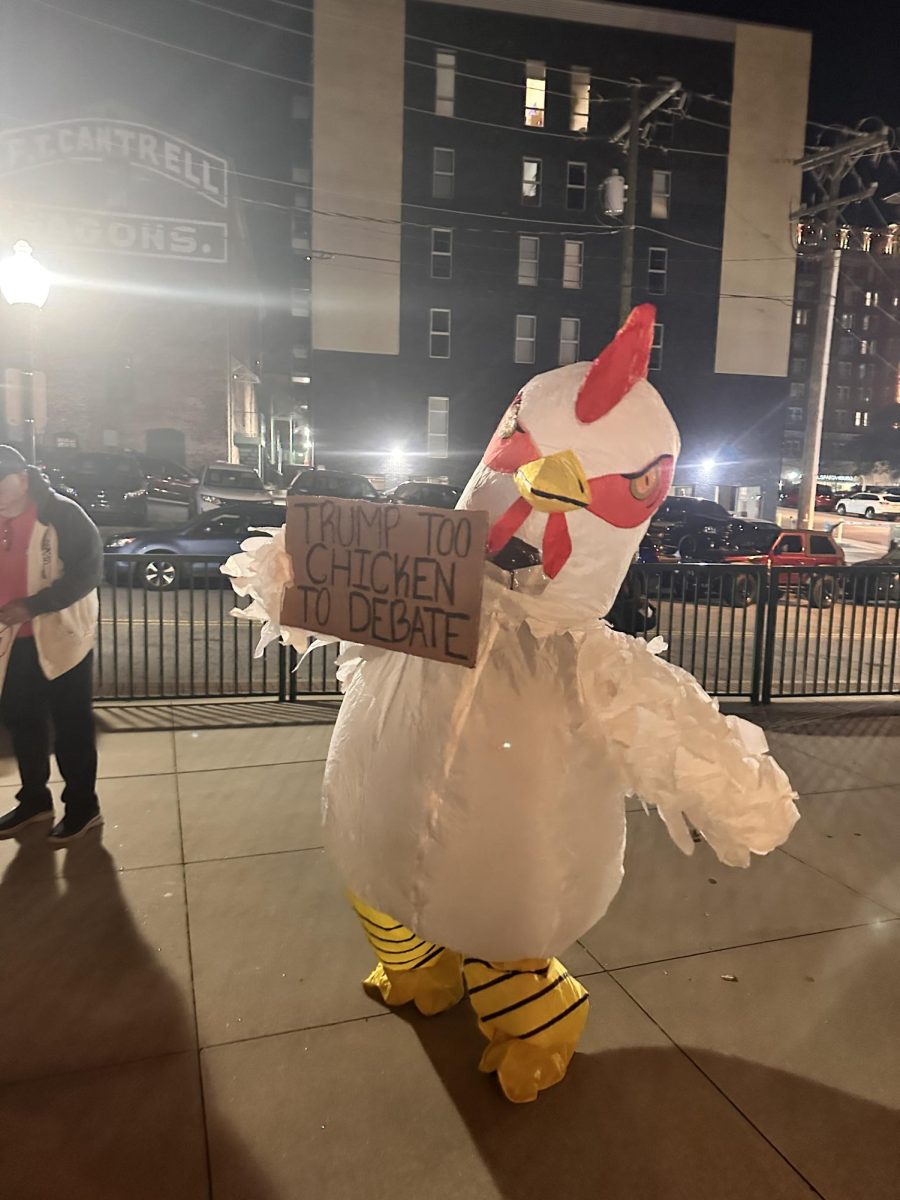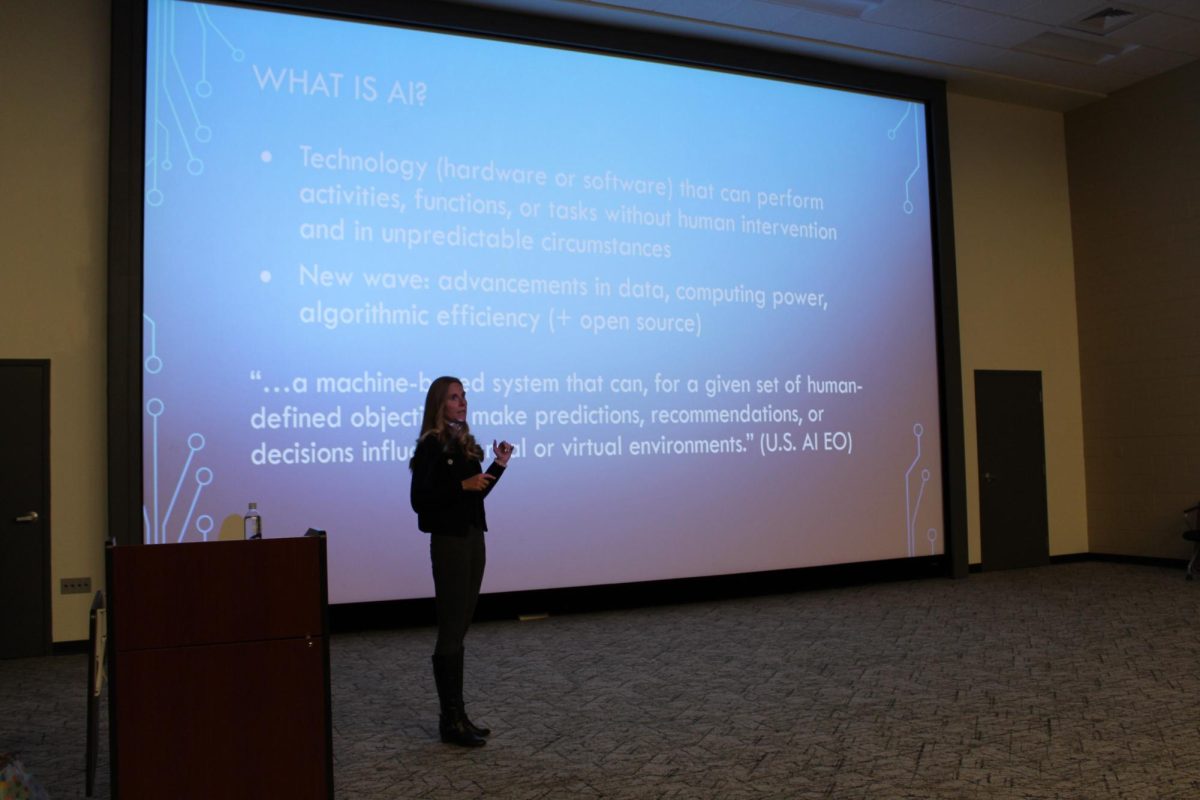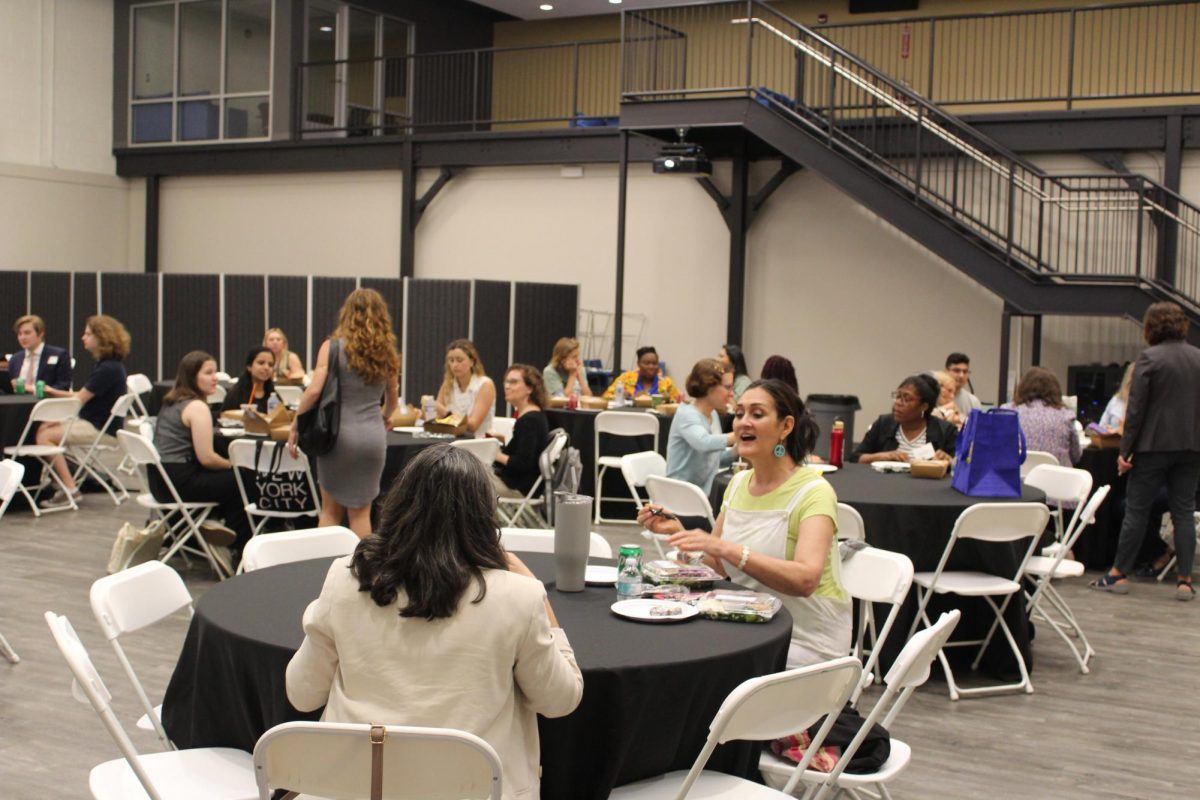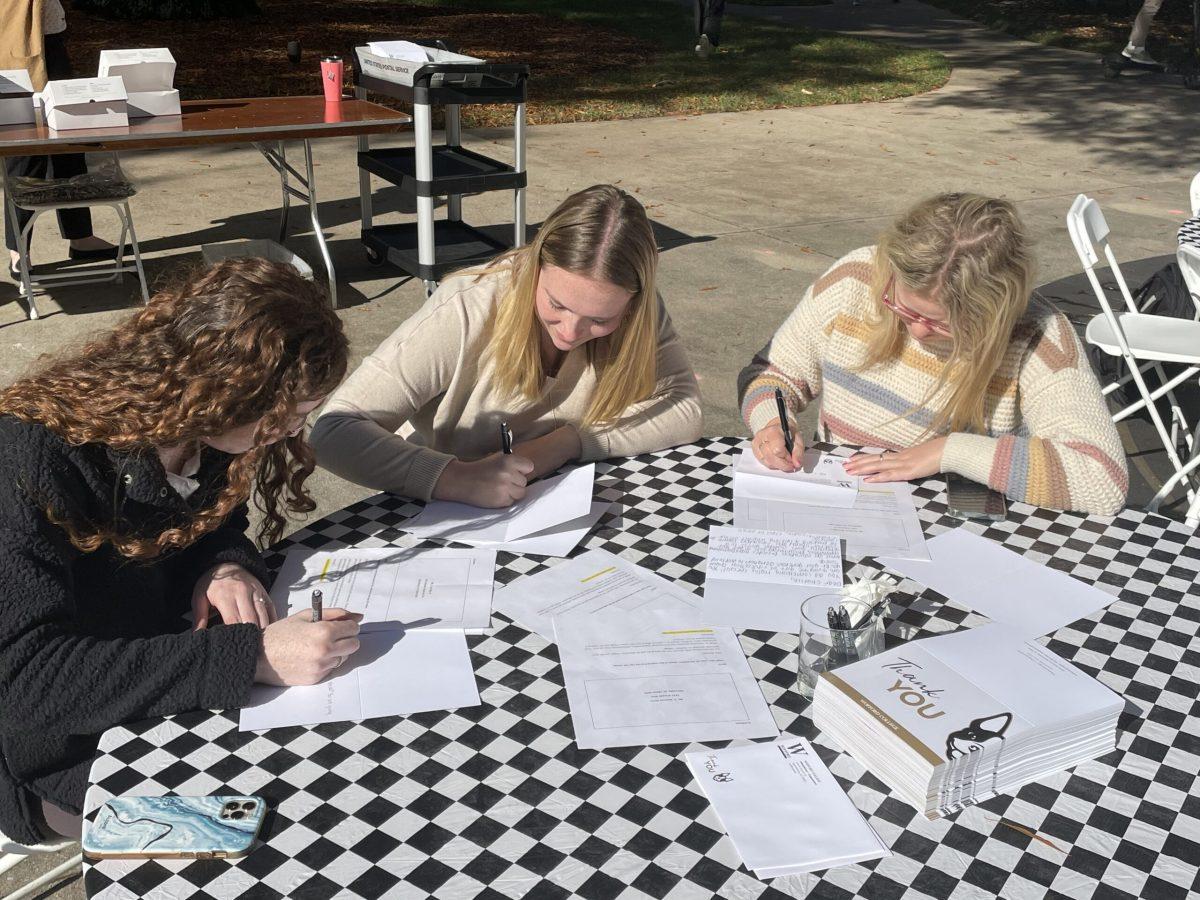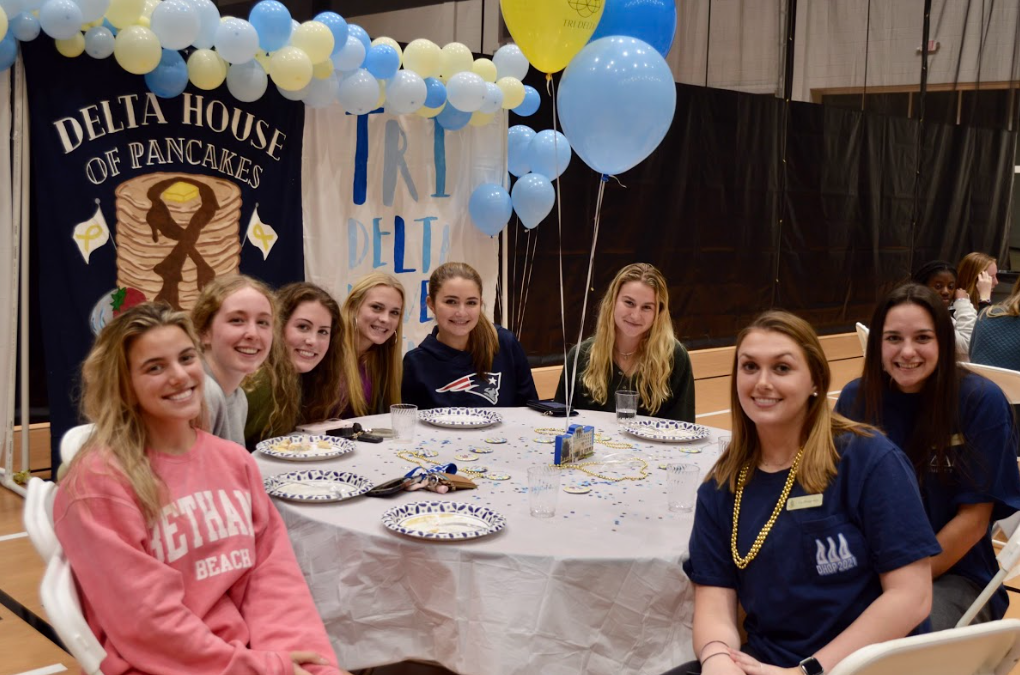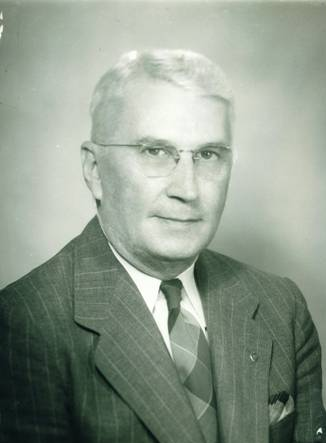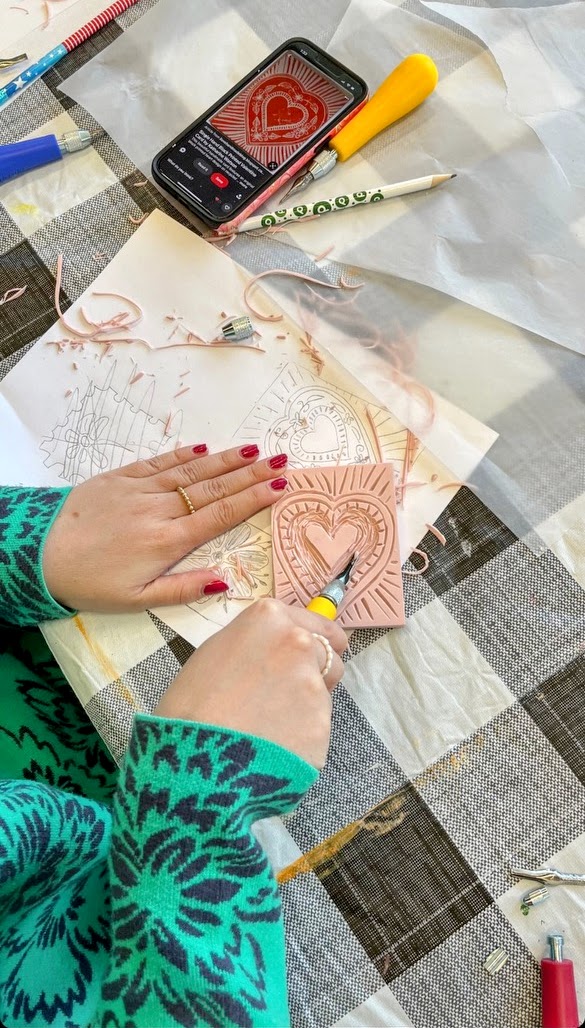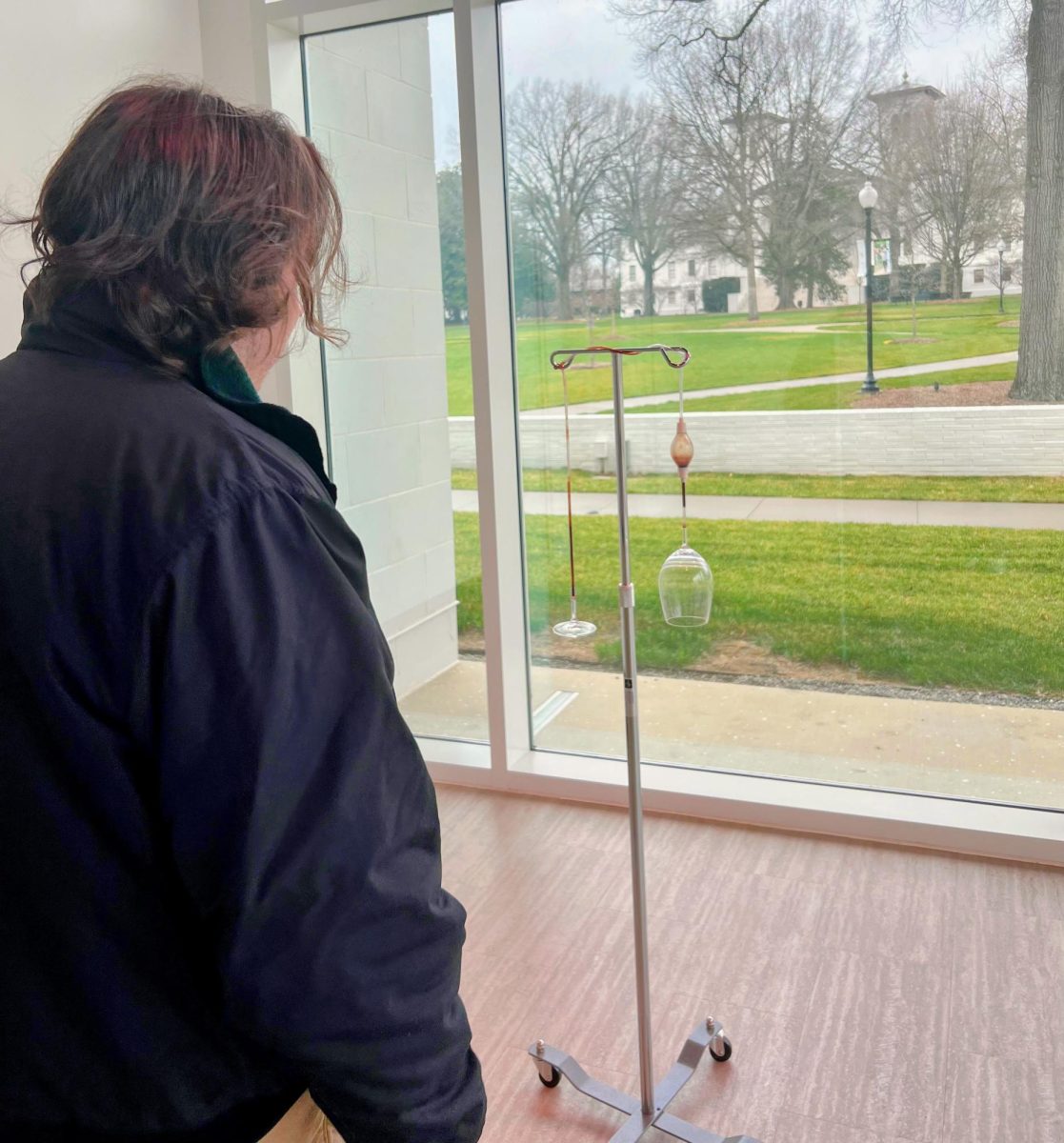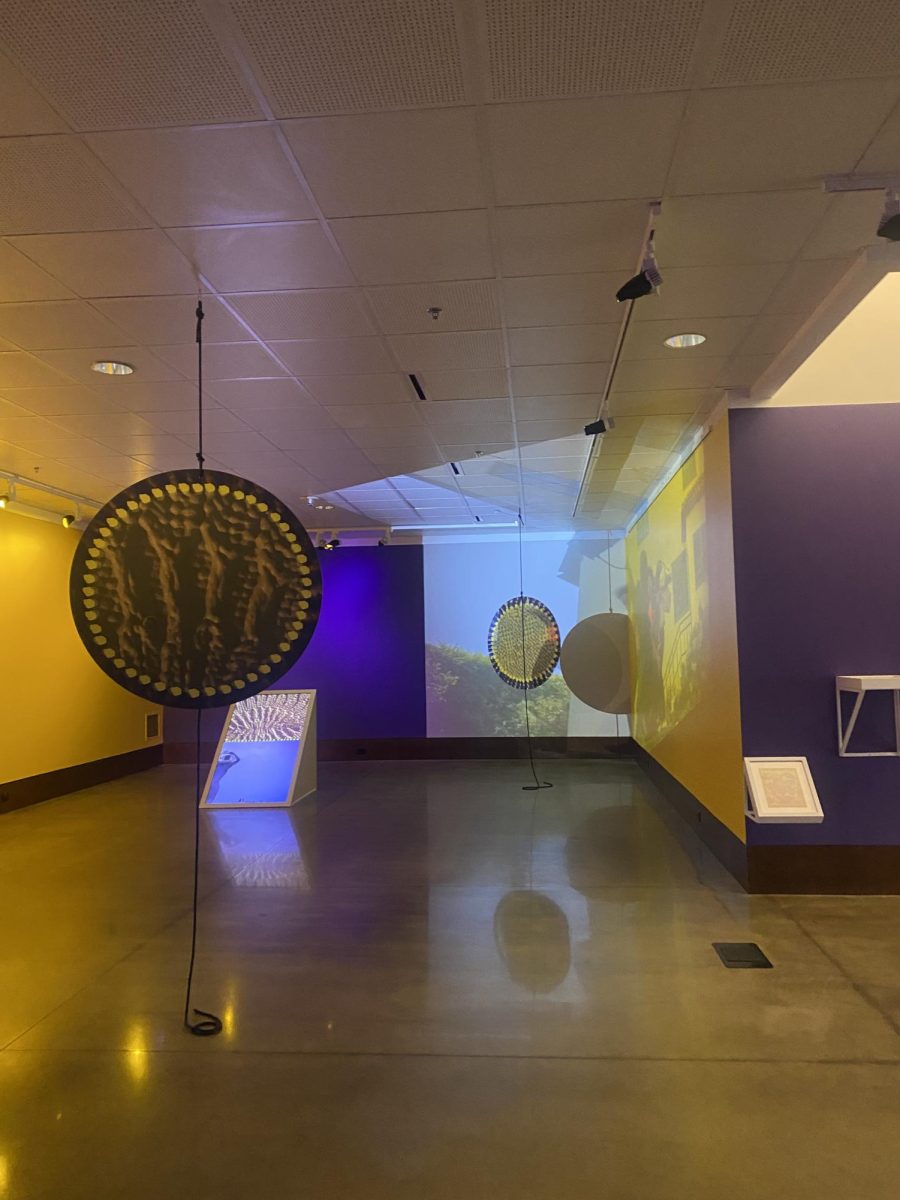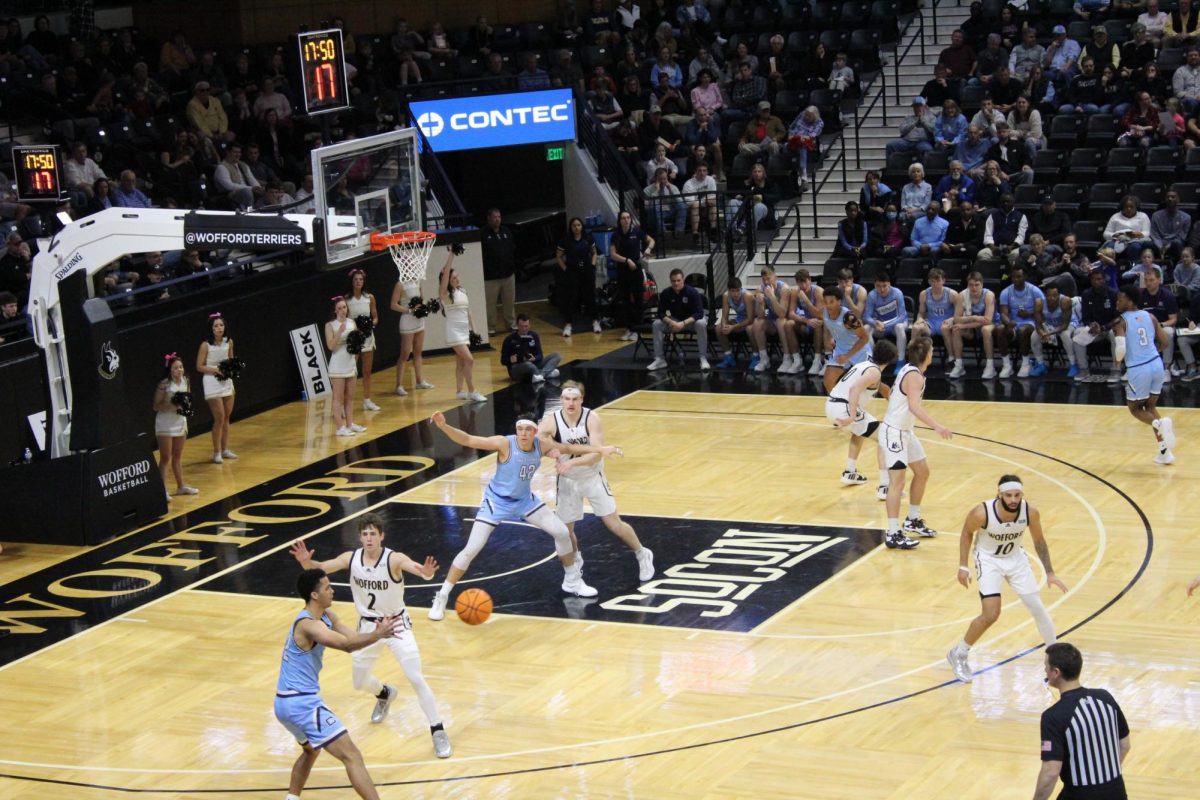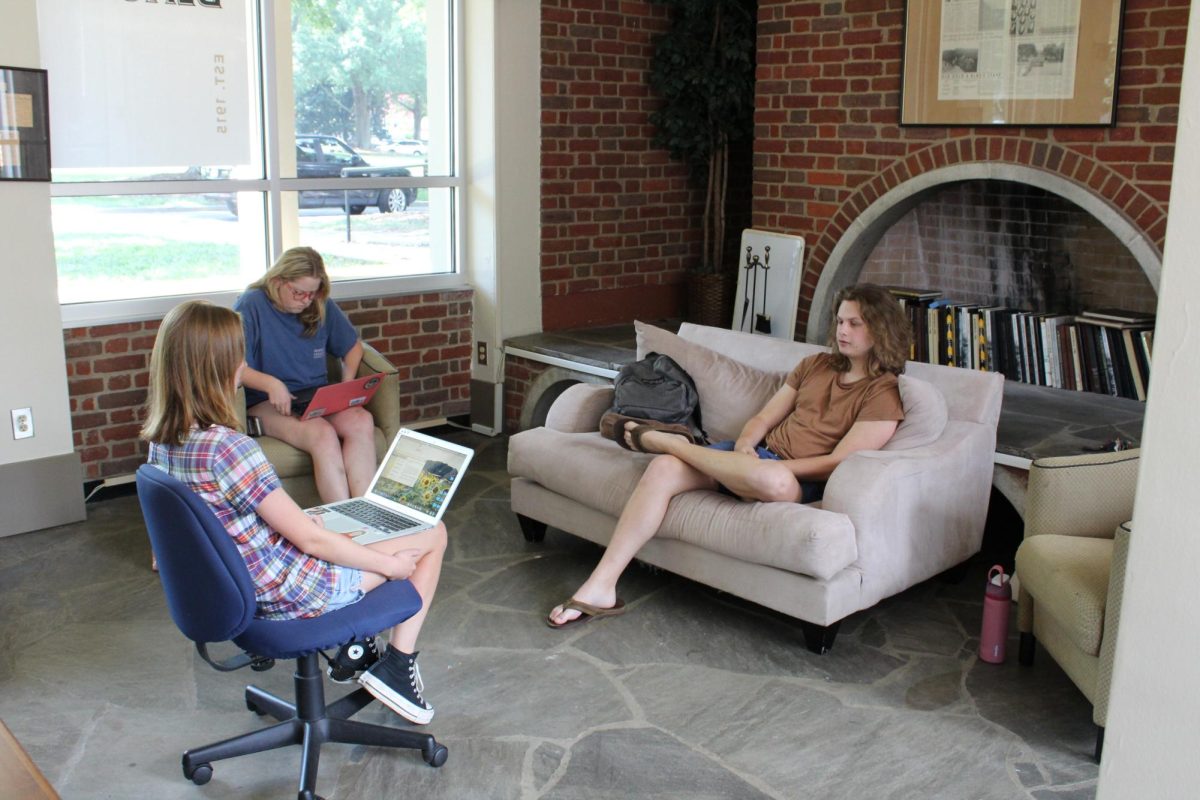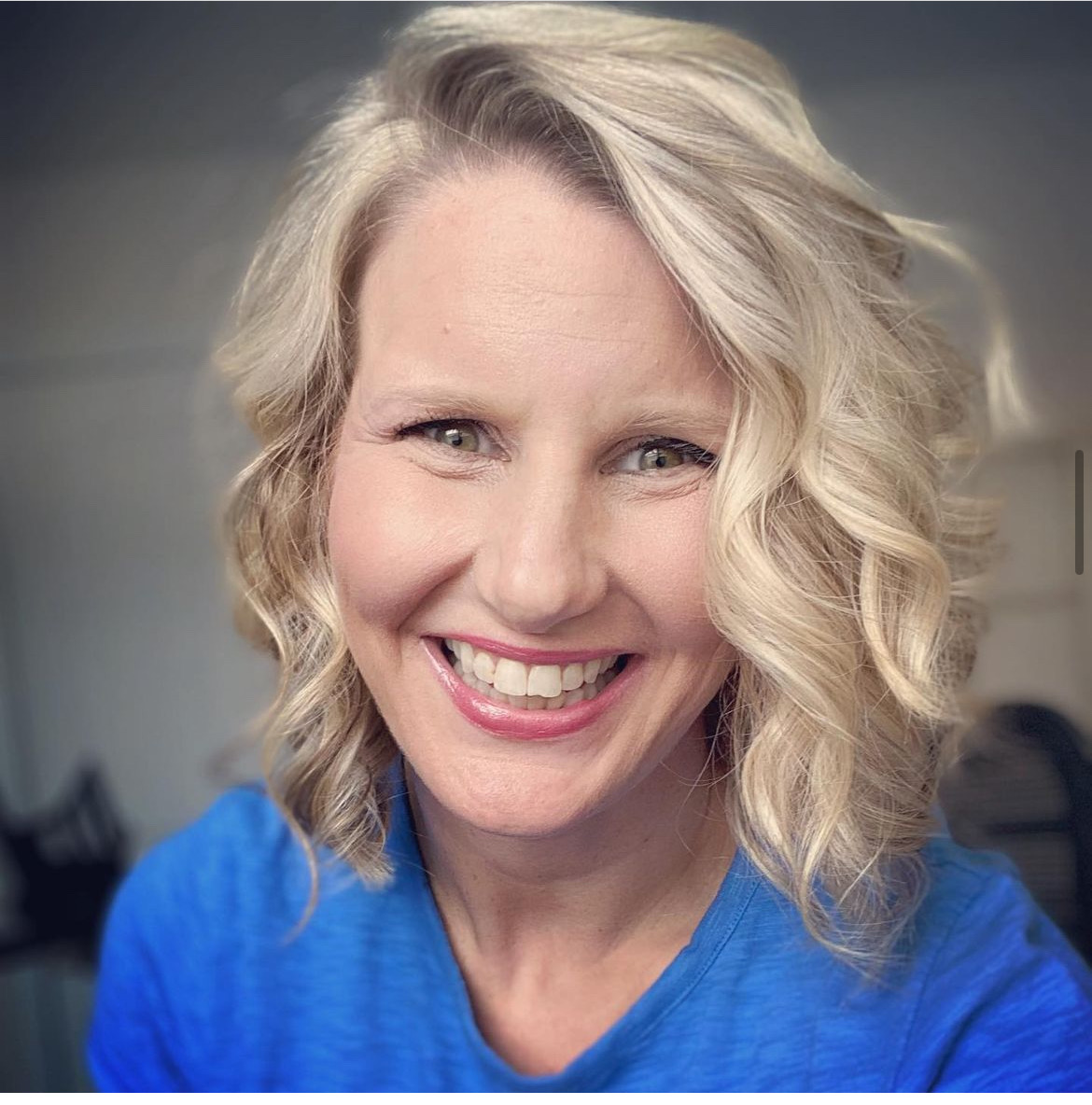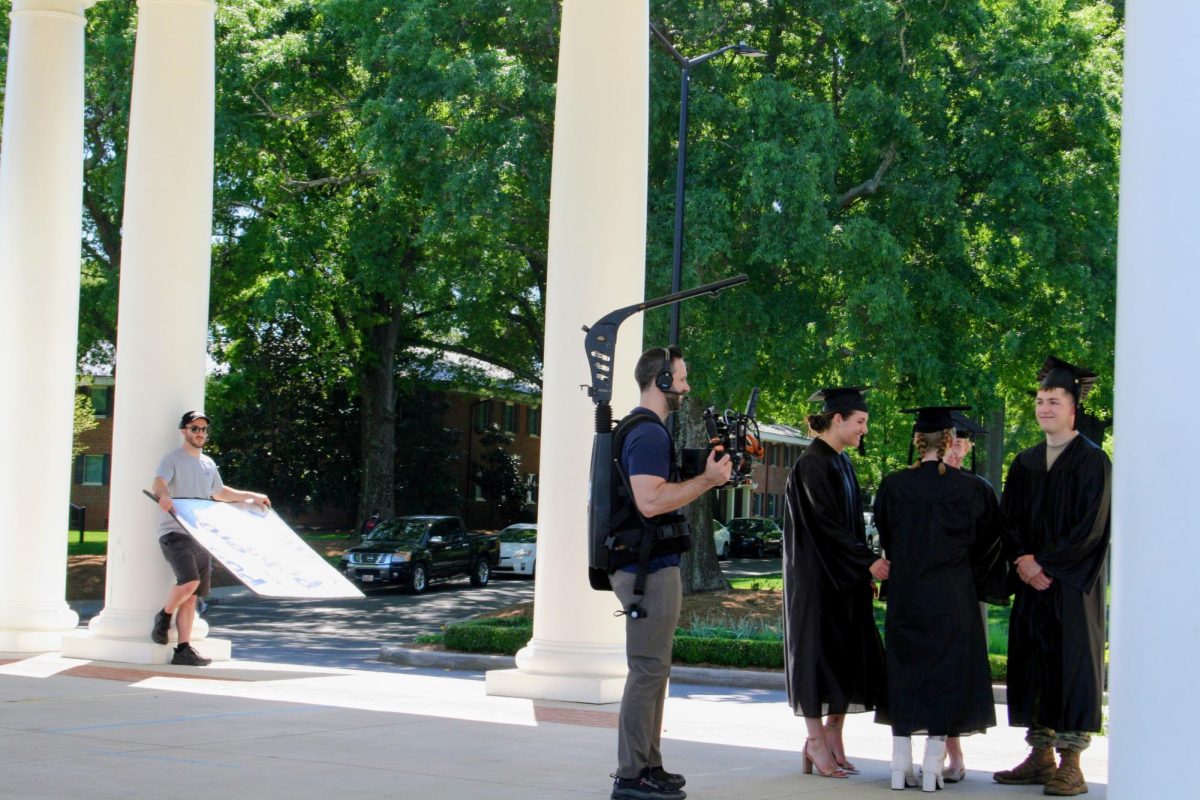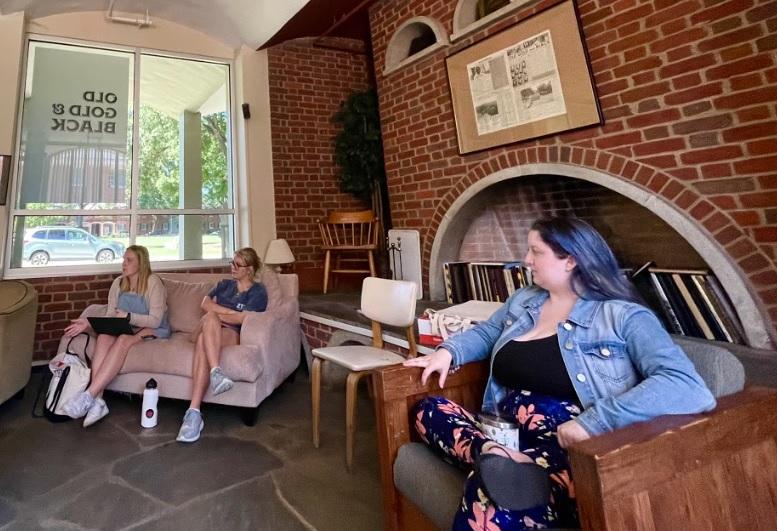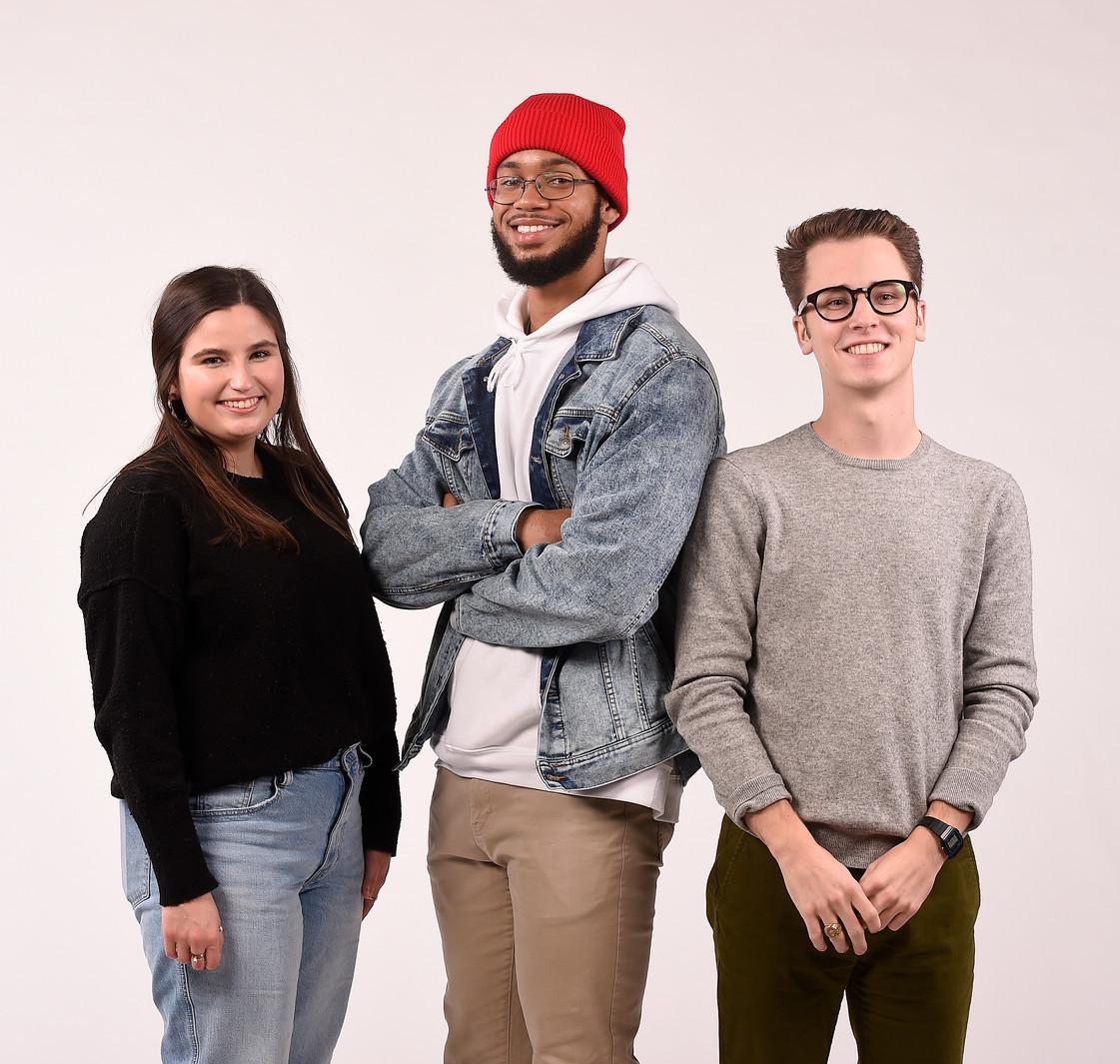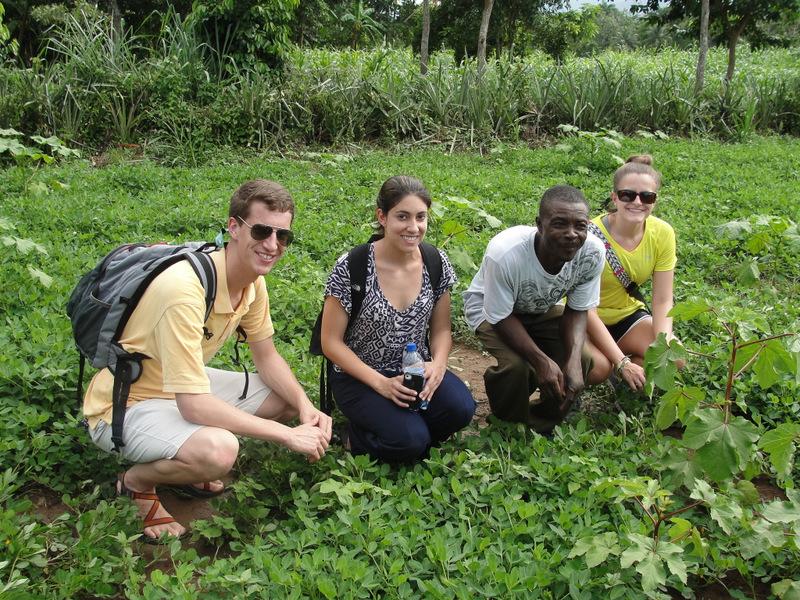“We track the overall performance of our portfolio to the performance of the Vanguard REIT ETF, which stands for Real Estate Investment Trust Exchange-Traded Fund, to determine how a specific security is doing in comparison to the average. When making recommendations to the Fund as a whole, we look for securities that are out-performing the average and seek to make investments in those areas of the market,” says Smith.
No, this meeting isn’t taking place in a boardroom or a bank, Smith is a senior at Wofford and a member of the James Investment Fund.
Started in 2008 by Dr. Philip Swicegood, the James Fund seeks to give Wofford students hands-on, real-world investment experience. The organization began with a contribution of $100,000 from Michael James, a Wofford trustee and hedge fund manager in Charlotte. This isn’t theoretical or hypothetical, it’s cold-hard cash, and since the Fund’s inception in 2008, it’s grown to $186,000. The years immediately following its creation were spent investing in relatively safe environments, but as the Fund has grown and consistently outperformed the school’s endowment fund, Smith says the research teams are beginning to evaluate and consider higher risk securities (meaning they would be more responsive to changes in the market but have a higher potential rate of return).
The Fund is organized to mirror the school’s endowment fund, led by Senior Managing Partner Victoria DaSilva, and four separate teams consisting of five to six research associates and a portfolio manager, who are tasked with researching one of the following specific sectors: real estate, international equity, domestic equity, fixed income, and alternative. At monthly meetings, each team presents their chosen security to the Fund. Traditionally, presentations include an introduction, recent news and performance, and a SWOT analysis, which examines the strengths, weaknesses, opportunities and threats of the particular investment. After relaying all of the pertinent information, the team makes a recommendation to buy, hold or sell depending on if they are presenting on a potential investment or working to convince the fund to sell an obsolete security currently in their portfolio.
“We’re very lucky to have the James Fund at Wofford. Not every school has the opportunity to have a student-managed investment fund to give this kind of exposure and experience,” says Smith. The real-world experience gained from participation in the James Fund helps its members gain a better idea of potential careers involving investments and provides an invaluable education that gives some students a leg up in the interview process for post- graduate opportunities, whether they be graduate school or an employment opportunity.
After allowing the fund to mature for the first three years, there was talk about doing something with money earned back on the investment. Members of the fund considered scholar- ship opportunities, travel grants and funds for internships, but the idea of micro-lending eventually won out. Swicegood’s recommendation of pursuing a micro-lending program resulted from a personal interest and investment. After discussions with other groups conducting similar micro-lending programs and a trip to Haiti to scout contacts and investment areas, the first micro- loans were made in May 2011.
James Fund members travel to Haiti to see the impact of the micro-loans made possible by the investment fund.
The loans are made to two target groups, small-scale retailers and peanut farmers. The small- scale retail loans are made only to groups of five investors, typically women, who act as cross guarantors on the loans. If for whatever reason one member defaults, no one in the group is able to renew their loans. These loans are $300 at two percent and are typically renewed every year. The peanut farmers receive loans of $100 at the beginning of the growing season to help with initial investment. The peanuts produced aren’t just peanuts for anyone.
As a condition of their loan, the farmers that receive money from the James Fund must work with an organization called Medical Food for Kids, a non-profit that creates a nutrient packed peanut butter supplement given to children in developing countries to help with health and growth. MFK started sourcing locally in the countries where the supplement is used as another avenue of aiding that area. Due to the nature of the growing season, these loans can be renewed twice a year in some parts of Haiti.
Not only do the loans provide opportunity for the borrowers, but the interest earned doesn’t go back to the James Fund. While one-third of the interest earned from the loans is used to cover the expenses of running a micro- lending program, one-third goes into individual saving accounts for the borrowers and one-third is put aside into an account that is returned to the community after three years, as a performance bonus. This year marks the three-year anniversary and the community in Haiti has begun discussing how the money, roughly $3,000, will be used.
Microloans are more and more becoming a popular form of aid. Instead of just handing over money through donations, the loans, however small, represent a world of opportunity for the recipients, who are getting the chance to build something for themselves.
Swicegood sums up his intention for the Fund: “It’s one thing to be technically competent in the area of investments, but it’s also important to be wise, strategic and intentional with your actions. That’s what we teach here at Wofford. That’s what I want to teach these students through the James Fund.”
— Leah Hunter


